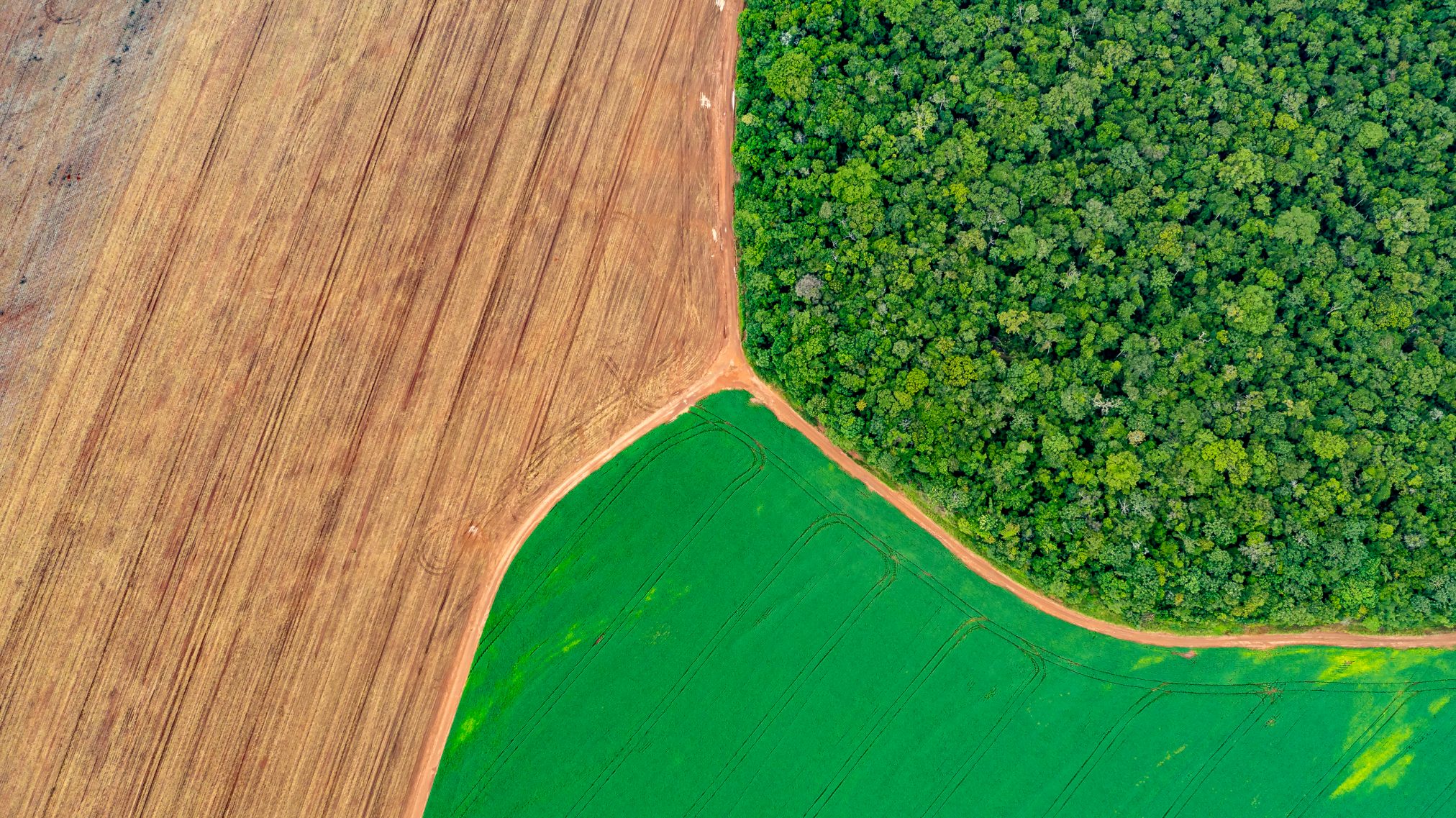This impact story as originally published by IDH here.
As IDH’s landscapes team prepares for this week’s Sustainable Landscapes and Commodities Forum in Amsterdam, Global Landscapes Director Matthew Spencer reflects on why top-down approaches are not enough to bring about the transition to sustainable agriculture and how to strengthen them with complimentary horizonal action.
Sustainability action has been too reliant on vertical approaches
In the last 20 years, action to tackle unsustainable agriculture and reduce dependency on fossil fuel energy has largely relied on top-down approaches: in other words, policies passed down by national government, and commitments and contracts cascaded from corporate head offices through traders and suppliers.
Such top-down approaches have been quite effective for the energy transition. Because a small number of utility companies supply electricity to national grids, the shift from fossil fuels to renewable energy can be regulated and incentivised by national governments and supported by mainstream market investment.
The transition from degenerative to regenerative agriculture has not responded to these approaches nearly as well, particularly in sectors with a dominant informal smallholder economy. This is for several reasons. Firstly, there are many more farmers than there are energy companies. Second, it is difficult to regulate complex value chains. Third many farmers are still considered too risky for most commercial investors. And lastly, farm-by-farm approaches have not proven sufficient to tackle the huge social and environmental spill overs that occur within landscapes from where companies are sourcing.
Combining vertical and horizontal approaches is stronger
The weakness of vertical approaches in delivering transformation in sustainable agriculture has led to increasing interest in combining value chain commitments and government policy with horizontal approaches at landscape and jurisdictional level. These allow for buyers and producers and in some cases government authorities to align on collective action challenges like zero deforestation, climate resilience, gender equality and raising poverty incomes of smallholder farmers. They allow companies to manage these systemic risks within and beyond their supply chain, and to tell a story of transformation in some of the most amazing but vulnerable landscapes on earth. There are now multiple and successful jurisdictional approaches in the cattle and soy rearing borders of the Brazilian Amazon, in palm producing buffer zones around the forests of Borneo and Sumatra, the tea and coffee growing highlands of Kenya and Vietnam and the edges of the last forest areas of West Africa’s cocoa belt.
There is also increasing interest in these landscape and jurisdictional initiatives from the largest commodity buyers, the most notable of which is the Forest Positive coalition of the Consumer Goods Forum which has committed to support landscapes initiatives equivalent to their collective sourcing footprint. The largest ever public-private effort to protect tropical forests, the LEAF Coalition , takes an explicitly jurisdictional approach to carbon finance. Buyers include some of the world’s largest private companies like Amazon, Airbnb and BlackRock, as well as governments like the UK and Norway.
Next steps
After an era in which the ‘supply’ of landscape initiatives was greater than demand from international buyers the growth in market interest means that the stakeholders behind these initiatives can now plan to scale their intended impact. We have identified three steps which can help make this new momentum transformative for sustainable agriculture:
A small farmer focus: In this next phase of sustainability action, we need less focus on plantations and more focus on small farmers. They are simultaneously the greatest opportunity to increase sustainable production of palm, cocoa, coffee and beef, and where poverty threatens the human rights and zero deforestation goals of many companies and governments. Companies IDH is working with are leading the way by supporting small farmer training and opening their mills and suppliers to small farmer production. In most of the landscapes we are working in we will only be forest positive if we are (small) farmer positive.
Linking procurement with production landscapes: There is perhaps no greater challenge for companies than marrying their sustainability commitments with their procurement practise because it requires them to balance their desire for flexibility with their need for longer term certainty of supply. We have seen that its possible if businesses are open to pre-competitive collaboration in sourcing sheds, and to providing support and investment signals to sourcing landscape reaching for high social and environmental sustainability. To support such partnerships IDH has created the independent platform SourceUp, which links companies and landscape stakeholders and reports progress transparently across environmental and social indicators.
Raising market standards beyond Europe: Finally, we need to be less Euro-centric, because the world has changed since Europe created the market pull for sustainable palm oil supply at the beginning of the 21st century. The only forest risk commodity in which the region is now the largest buyer is cocoa. Brazil is the largest consumer of forest risk beef, India the largest user of palm oil, China the largest buyer of soy, so it’s a priority to ensure that international companies selling to these markets are playing their part in setting a sustainability floor for goods for these growth markets. IDH has developed a dialogue with Indian palm buyers and the government of India to explore the case for sustainability standards for its import of palm oil. We need similar coalitions of the willing in all the big developing world markets, because they will shape the next phase of sustainable agriculture.
